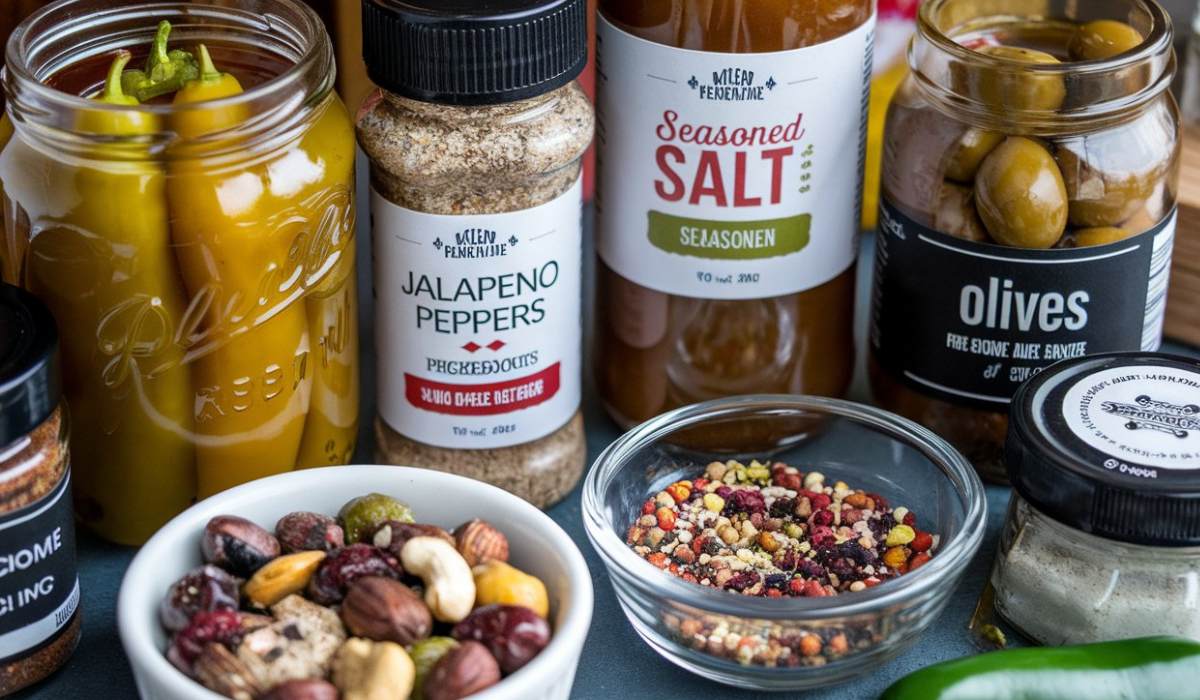Simple Homemade Seasonings: 8 Recipes For Flavourful Cooking Made from Scratch!
I never buy seasonings.
And, I grow most of the herbs I use in the kitchen (for cooking, for salads, for seasoning, you name it, I try to grow it).
(If I can’t grow my herbs and spices I buy them from local shops. I like to think those herbs and spices have been grown organically and with a lot of love!)
My collection goes from parsley, coriander, different mints, oregano, etc to ginger and turmeric. Quite a range.
So, yes, my herbs and spices are either fresh or incredibly aromatic.
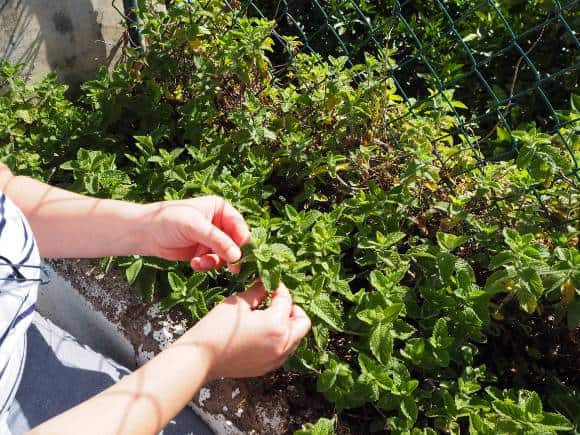
You’re reading this so I assume you want to learn to make your own seasonings. My advice is that you grow your own herbs if possible, easy to grow them in the kitchen if there’s enough light.
If not, try to purchase them from local shops. And, always organic if possible.
Let’s talk about seasonings now. Have you ever reached for a jar of seasoning in your cupboard, only to find it’s lost its punch? Perhaps you haven’t looked at the ingredients list in your seasoning jars… take a look now. Unpronounceable words? Thought so.
With a bit of time in your hands and some herbs, you can create MAGIC.
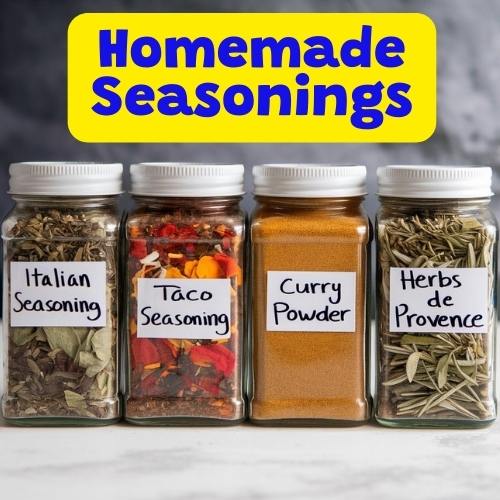
Creating your own spice blends might sound a bit posh or complicated, but trust me, it’s really, really easy.
Not only is it a fun way to jazz up your cooking, but it’s also budget-friendly and lets you control EXACTLY what goes into your food.
Below, we’ll explore the ins and outs of making your own seasonings. From the basics of blending to some cracking recipes that’ll make your taste buds dance with pleasure.
Grab your spice grinder (or a good old mortar and pestle, that’s how I make some lovely mixes with parsley, garlic, salt, cumin and olive oil), and let’s transform your cooking from mundane to magnificent!
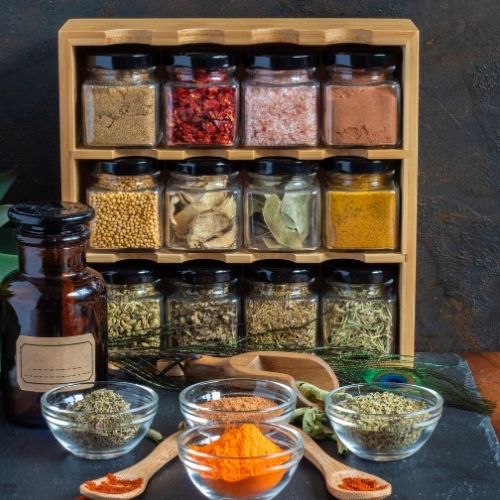
The essential ingredients for your spice arsenal!
I bet most of the below bits and bobs are probably already in your kitchen. If not, they’re incredibly inexpensive to buy. And, they last a long time.
Let’s see what you need to keep handy:
1. The herbs
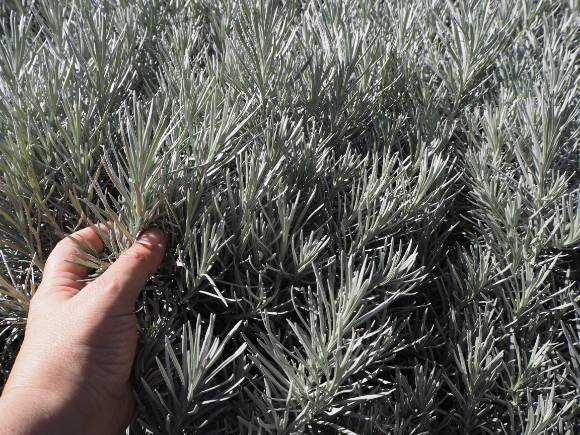
Probably my favourite. I use them both dry and fresh, depending on my mood and what I have available at home.
They MOST DEFINITELY pack a flavourful punch:
- Basil: The Italian stallion of herbs. Perfect for anything tomato-based.
- Oregano: Basil’s best friend. Perfect for any type of Mediterranean cooking.
- Thyme: A little goes a long way with this aromatic wonder. Just cooked with it today. Beautiful.
- Rosemary: Robust and piney. I’m vegan but I do use it with potatoes. So fragrant!
- Parsley: The ultimate garnish and a flavour freshener. I think I actually use parsley for everything. Cooking, salads, sauces… yup, everything.
2. The spices
I think most people have the below. Check them out:
- Paprika: From sweet to smoky. I have all sorts in my kitchen. I also use it for my plants. (Seriously, I must have around 4 tins plus 2 big bags I bought the other day. I’m addicted to it. Whenever I see a new type at the local market, I will most probably buy it).
- Cumin: The earthy powder and seeds of many cuisines. A little cumin adds a lot of flavour and it won’t overtake if you keep it to a pinch.
- Turmeric: Golden yellow and oh-so-good for you.
- Cinnamon: Not just for puddings – it’s brilliant in savoury dishes too! Just al little though.
- Garlic powder: For when you can’t be bothered to peel and chop fresh garlic (we’ve all been there). I try to use fresh garlic every time, but frozen garlic and the powder do the job when I’m just not in the mood.
3. The Salts
Don’t forget about salt!
But let’s think beyond the table variety:
- Sea salt: Coarser than table salt, with a cleaner taste.
- Pink Himalayan salt: Yes, it’s pretty and packed with minerals.
- Celery salt: A two-in-one flavour bomb.
I also love black salt (tastes like eggs ??) and then there’s spices and salt you can get together but I’ve never been too keen on those, not sure why.
4. Zesty additions
To add some zing to your blends:
- Lemon (or lime) zest: Dried lemon or lime peel adds a citrusy kick.
- Orange zest: Fantastic in sweet spice blends.
5. Dried veggies
These dehydrated veggies add depth and complexity:
- Onion flakes: All the flavour, none of the tears.
- Dried bell peppers: A rainbow of sweetness!
- Chilli flakes: For those who like it hot, like me.
Remember, this is just the tip of the spice iceberg. As you get more comfortable, you can start experimenting with more exotic ingredients. But for now, these basics will set you up for some seasoning success.
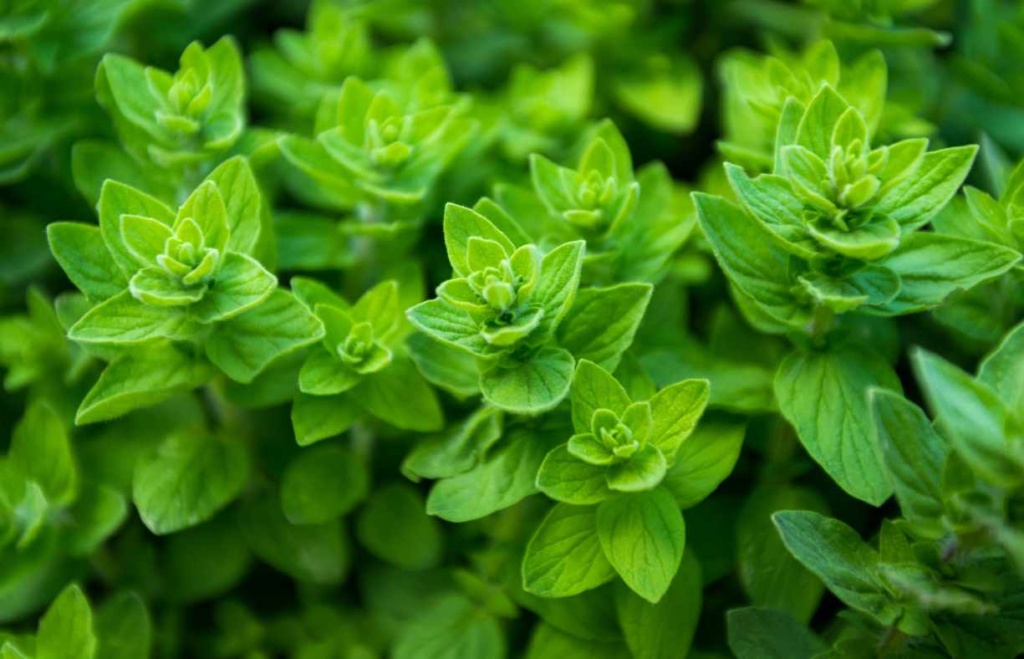
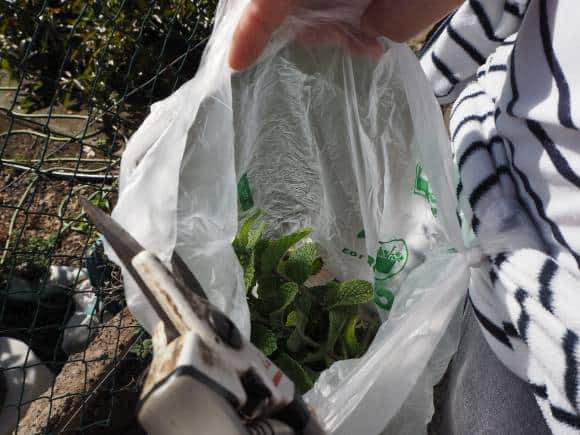
List of basic, essential homemade seasoning blends – These recipes are EASY and a must for every household
Creating your own homemade spice blends is a fantastic way to elevate your cooking while ensuring everything you use is fresh and full of flavour. Not only does it give you full control over what goes into your food, but it’s also budget-friendly and incredibly rewarding.
With a few key ingredients like we saw above, you can whip up seasoning blends that match or even SURPASS store-bought options. I said it before and I’ll say it again: I NEVER buy pre-made mixes. It’s a waste of time. Whether you’re making spice mix recipes for an Italian night or a fiery Cajun dish, the possibilities are endless, the flavours will be more potent when seasonings are made in small batches, plus it is important to learn the basics of flavouring your meals.
These homemade seasonings are easily customisable, allowing you to experiment with unique flavours. The world of DIY spices is basically, in my opinion, a lot of fun.
Once you’ve mastered the basics, you’ll find that spice recipes are a brilliant way to add depth and character to basically ANY dish. Making your own homemade spices means you can SKIP the additives and preservatives often found in pre-packaged products (probably always).
From spice blends recipes like curry powder to zesty Mexican homemade spice blends, there’s no limit to what you can create. You get better over time, more adventurous and blends will start to have “your touch”.
Keep your spice recipes handy in the kitchen, and you’ll be well on your way to turning simple meals into something truly special.
Alright, now that we’ve got our ingredients sorted, it’s time to wave our culinary wands and create some magic.
These essential blends are versatile, reliable, and jolly useful to have on hand.
So, take note!
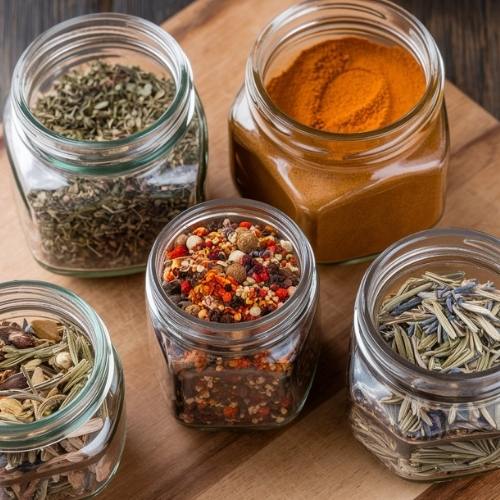
1. Italian seasoning (for that mediterranean blend we all love)
Ingredients:
- 2 tbsp dried basil
- 2 tbsp dried oregano
- 1 tbsp dried thyme
- 1 tbsp dried rosemary
- 1 tsp dried sage (optional, but lovely)
Mix it up and sprinkle on pizza, pasta, or anything that needs a bit of Italian flair.
2. Taco seasoning for fiesta evenings
Ingredients:
- 2 tbsp chilli powder
- 1 tbsp ground cumin
- 1 tsp smoked paprika
- 1 tsp dried oregano
- 1 tsp garlic powder
- 1 tsp onion powder
- 1/2 tsp salt
- 1/4 tsp black pepper
- 1/4 tsp crushed red pepper flakes (optional, for heat lovers)
Blend and use to spice up Tacos or anything you think might gain from this lovely seasoning.
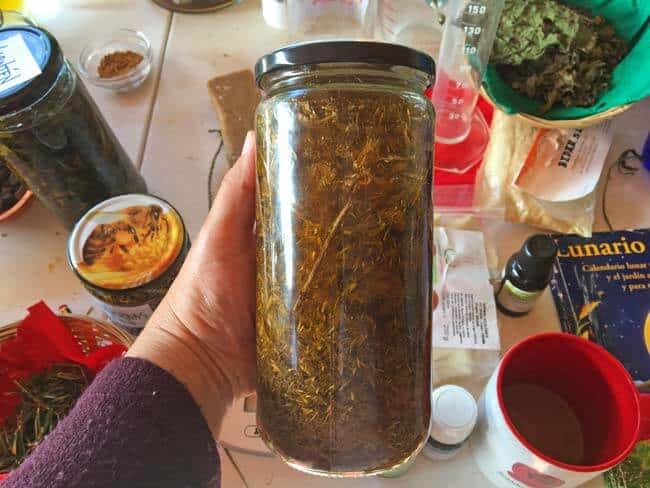
3. Curry powder
I don’t know why people buy the one from the shops – I’ve NEVER liked the taste. It is just so easy to mix your own spices. Please try it. It tastes MUCH better.
Ingredients:
- 2 tbsp ground turmeric
- 2 tbsp ground coriander
- 2 tbsp ground cumin
- 1 tbsp ground ginger
- 1 tsp ground cinnamon
- 1 tsp ground cardamom
- 1 tsp ground black pepper
- 1/2 tsp ground cloves
Mix well and use in curries, soups, or even as a rub for roasted veg. I use all sort of indian spices with my lentils, beans and chick peas also (without forgetting paprika and bay leaves).
4. Herbs de provence (from southern France)
Ingredients:
- 2 tbsp dried thyme
- 2 tbsp dried basil
- 2 tbsp dried oregano
- 1 tbsp dried rosemary
- 1 tbsp dried marjoram (if you can find it – I grow it)
- 1 tsp dried lavender (optional, but très authentique)
Blend and use to add a touch of Provence to your roasted dishes. Beautiful over chicken, grilled fish, or even scrambled eggs. Ooh la la!
These measurements are just starting points. The beauty of making your own blends is that you can tweak them to suit your taste. Like it spicier? Add more chilli. Prefer it more herby? Chuck in some extra basil. It’s your blend, so make it your way!
Remember to store your magical mixtures in airtight containers away from direct sunlight.
They’ll keep their potency for about 3-6 months.
Let’s have a tour of regional seasoning blends
1. Cajun seasoning
Straight from the bayous of Louisiana, this blend packs a punch!
Ingredients:
- 2 tbsp paprika
- 1 tbsp garlic powder
- 1 tbsp onion powder
- 1 tbsp dried oregano
- 1 tbsp dried thyme
- 1 tsp cayenne pepper (or more if you’re feeling brave)
- 1 tsp black pepper
- 1 tsp white pepper
Mix it up and use it on everything.
2. Za’atar (Middle Eastern)
This blend is a staple in many Middle Eastern kitchens. It’s really good!
Ingredients:
- 2 tbsp dried thyme
- 2 tbsp toasted sesame seeds
- 2 tbsp ground sumac (find this at a good spice shop or online)
- 1 tsp dried oregano
- 1/2 tsp coarse salt
Mix and sprinkle on flatbreads, roasted veg, or even popcorn for a exotic twist.
3. Dukkah (Egyptian)
This nutty, crunchy blend is great as a dip, crust, or sprinkle.
Ingredients:
- 1/2 cup hazelnuts, toasted and roughly chopped
- 1/4 cup sesame seeds, toasted
- 2 tbsp coriander seeds, toasted and ground
- 2 tbsp cumin seeds, toasted and ground
- 1 tsp salt
- 1/2 tsp black pepper
Toast the nuts and seeds separately, then mix everything together. Try it with olive oil as a dip for bread.
4. Chinese five-spice powder
This blend hits all five flavour notes: sweet, sour, bitter, salty, and umami.
Ingredients:
- 2 tsp ground cinnamon
- 2 tsp ground star anise
- 2 tsp ground fennel seeds
- 1 tsp ground cloves
- 1 tsp ground Szechuan peppercorns (or black peppercorns in a pinch)
Mix well and use in stir-fries, on roasted vegetables, or even in baked goods for an exotic twist.
Remember, these blends are just the beginning of your spice journey. Each region has countless variations, so don’t be afraid to experiment.
Tip: When trying these blends for the first time, start with a small amount. You can always add more, but it’s much harder to take it away once it’s in there.
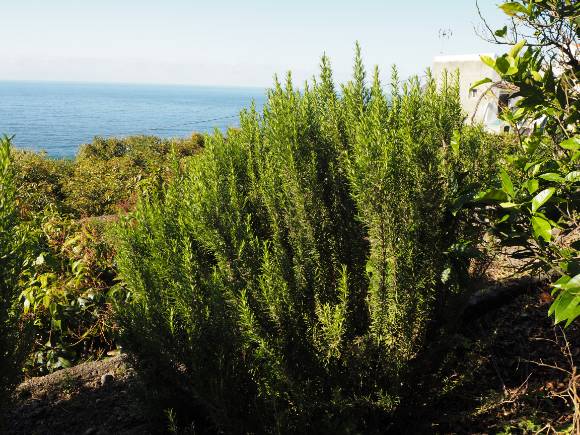
Tips for making and storing your homemade seasoning creations
1. Quality matters
- Start with fresh, high-quality spices. If your herbs and spices have been sitting in the cupboard for a long time, it might be time for an upgrade.
- Whole spices last longer than ground ones. Invest in a spice grinder or mortar and pestle to grind them as needed. I have both.
2. Toasting for flavour
- Toasting whole spices before grinding can really amp up the flavour. Just pop them in a dry frying pan over medium heat until they become fragrant. But watch them like a hawk – they can go from toasted to charcoal in the blink of an eye! Also, sometimes a few seconds is just enough.
3. Blend in batches
- Don’t go overboard and make huge batches. Smaller batches mean fresher flavours.
- Start with the recipes above, then adjust to your taste.
4. Storage
- Store your spice blends in airtight containers (those cute little jars with cork tops might look nice, but they’re about as airtight as a colander, trust me).
- Glass or ceramic containers are best. They won’t absorb flavours like plastic can.
- Label your creations with the name and date. In a month, you won’t remember if that unmarked jar contains taco seasoning or some leftovers…
5. Location, location, location
- Keep your spices in a cool, dry place away from direct sunlight.
- Avoid storing them near the cooker or oven. Steam and heat are the enemies of flavour preservation!!
6. Sniffing test
- Give your spices a sniff every now and then. If they don’t smell of much, they won’t taste of much either.
- Generally, ground spices will last about 6 months, while whole spices can last up to a year. But, let your nose be your guide.
7. Mixing
- For even distribution, put your spices in a jar with a tight-fitting lid and give it a good shake.
- If you’re feeling fancy, you can use a food processor for larger batches. Just pulse gently – you want to mix, not pulverise.
8. Customising your creations
- Don’t be afraid to experiment. If a blend calls for an ingredient you don’t like, leave it out or substitute it.
- Keep notes on your experiments. It will help your next one.
Remember, making your own spice blends isn’t rocket science – it’s way more fun.
Don’t stress if things don’t turn out perfect the first time. Even the most seasoned chefs had to start somewhere.
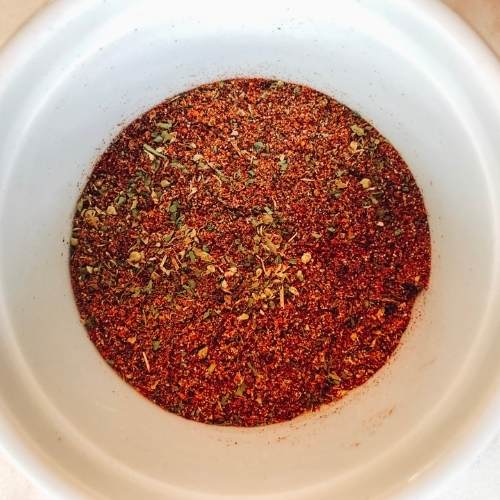
A few more tips that might come in handy
Understanding flavour profiles
Before you start throwing spices together willy-nilly (which I have done countless times), it’s helpful to understand some basic flavour profiles:
- Sweet: Cinnamon, nutmeg, allspice
- Savoury: Thyme, rosemary, sage
- Spicy: Chilli flakes, cayenne, black pepper
- Earthy: Cumin, turmeric, paprika
- Citrusy: Lemon zest, orange zest, sumac
Balancing these profiles is the key to a well-rounded blend.
Adjusting heat levels
Some like it hot, some like it mild. I love very hot food, so I add lots cayenne pepper and chilli flakes to many of my dishes (and chilli oil).
Here’s how to customise the heat in your blends:
- Turn Up the Heat: Add more cayenne, chilli flakes, or black pepper.
- Cool It Down: Reduce the spicy elements and increase herbs or sweeter spices.
Balancing flavours
Creating a harmonious blend is important – ingredients should complement each other:
- Start with a Base: Choose 2-3 main spices that will form the foundation of your blend.
- Add Complexity: Introduce smaller amounts of complementary spices.
- Fine-tune: Adjust quantities to achieve the perfect balance.
Experiment!
Experimenting with unique additions
Don’t be afraid to think outside the spice rack. Some unexpected ingredients can take your blends from good to great:
- Coffee grounds: Add depth to BBQ’d veggies (I’m vegan so can’t add anything else here).
- Dried mushroom powder: Boost umami in savoury blends
- Dried citrus peel: Bring a zesty note to herb mixes
- Nori flakes: Give an oceanic twist to all seasonings
Adapting to dietary needs
Your spice blends can be easily customized to accommodate various dietary requirements:
- Low-sodium: Reduce or omit salt, increase herbs and spices for flavour
- Sugar-free: Use sweet spices like cinnamon or nutmeg instead of sugar. They work! Even en tea or coffee, they will “sweeten” the drinks.
- Nightshade-free: Replace paprika and chilli with other warming spices like ginger or black pepper
The trial and error method
Again, creating your perfect blend is a journey, not a destination:
- Start Small: Make small batches when experimenting.
- Keep Notes: Write down your recipes – both the hits and the misses!
- Trust Your Taste: If it tastes good to you, it’s a success.
Give your blends a name!
Once you’ve crafted your perfect blend, give it a name! “Jane’s Jazzy Seasoning” or “Tara’s Terrific Taco Mix” adds a personal touch and makes you feel like a proper chef.
Remember, there are no hard and fast rules in the world of seasoning.
Your kitchen. Your rules.
The benefits of homemade seasonings
Making your own seasonings at home isn’t just a fun kitchen project – it can be a game-changer for your health and your cooking.
As I said at the beginning, there’s NO WAY I would ever buy premixed seasoning. I’ve been making my own concoctions for years, growing my own herbs and spices, and there’s no going back from that.
When you mix up your own blends, you’re in charge of what goes in, which means no artificial additives or surprise sugars. YOU ARE IN CONTROL. You can tweak the salt levels to suit your needs and pack in all the flavour. Plus, many herbs and spices are packed with benefits. Turmeric might help with inflammation, cinnamon could give your metabolism a nudge, and ginger is fantastic for the stomach.
But the benefits don’t stop there. Homemade seasonings are fresher and more potent, which means you’ll likely use less and inadvertently cut down on calories.
They’re wallet-friendly too – while there might be a bit of upfront cost, you’ll save in the long run.
And let’s not forget the best part: the freedom to create your perfect flavour combinations.
Whether you’re after a fiery kick or a subtle herb mix, the spice world is your oyster.

